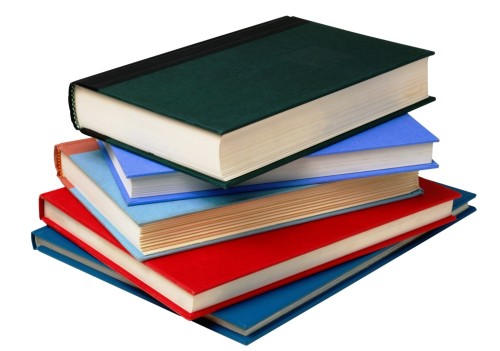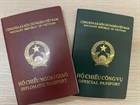Use of Common Curriculum for Intermediate Professional Education
This is an important content stipulated in Circular 42/2011/TT-BGDDT on the Regulations on the Use of Common Textbooks, the Organization for Compilation, and Approval of Common Textbooks for Professional Secondary Education Level issued by the Ministry of Education and Training on September 23, 2011.

Usage of common textbooks for intermediate professional levels (Illustrative image)
According to Article 2 of Circular 42/2011/TT-BGDDT stipulating the common textbook usage and the subjects organized for compiling common textbooks, it is defined as follows:
The common textbook for the intermediate professional level (hereinafter referred to as the common textbook) is a textbook organized, appraised, approved by the Minister of Education and Training (hereinafter referred to as the Minister) and used in training institutions for subjects or modules (hereinafter referred to as subjects) within the framework of general cultural knowledge (for the system enrolling junior high school graduates) and common knowledge and skill subjects as defined in the Regulations on the framework education program for intermediate professional education issued by the Minister.
The subjects organized for compiling common textbooks are those defined in Circular No. 16/2010/TT-BGDDT dated August 26, 2010, by the Minister of Education and Training Regulations on the framework education program for intermediate professional education, including:
- Subjects within the general cultural knowledge block, including: Mathematics, Physics, Chemistry, Biology, Literature-Vietnamese, History, Geography;
- Subjects within the common knowledge and skill block, including: National Defense-Security Education, Politics, Physical Education, Informatics, Foreign Language, Law, Communication Skills, Entrepreneurship, Education on Efficient Energy Use.
The construction of the common textbook must meet the following requirements:
- Must concretize the requirements regarding the content of knowledge, skills of the subject, suitable to the objectives of vocational education.- Meet the requirements of vocational education methods; provide basic orientation on teaching, testing, and evaluation methods.- Information content must be accurate, relevant to reality, and updated with the latest scientific and technological achievements.- Structure should ensure logicality and scientific rigor; each chapter or lesson must include questions or exercises and a list of references for that chapter or lesson. References for compiling the textbook must be reliable and have clear origins.- Be usable for one or multiple training sectors at various training institutions; be regularly revised, supplemented, and updated in each reprint.- The compilation, publication, reprint, distribution, and usage of the textbook must comply with legal regulations.
More details can be found in Circular 42/2011/TT-BGDDT, effective from January 01, 2012.
Thuy Tram
- Responsibilities of officials of the Ministry of Finance of Vietnam when they are issued Official Passports from November 19, 2024
- 06 solutions to enhance the effectiveness of social policy credit in the new phase in Vietnam
- Financial support level for the purchase and repair of transportation vehicles for the Economic - National Defense Corps in Vietnam from December 30, 2024
- Financial support levels for purchasing and repairing of medical equipment for the Economic - National Defense Corps in Vietnam from December 30, 2024
- Latest regulations on management and use of passports for officials and public employees of the Ministry of Finance of Vietnam
- New regulations on the procedures for veterinary sanitation inspection in Vietnam from January 6, 2025
-

- Responsibilities of officials of the Ministry ...
- 16:00, 23/11/2024
-

- 06 solutions to enhance the effectiveness of social ...
- 15:32, 23/11/2024
-

- Guidelines for registration and organization of ...
- 11:53, 23/11/2024
-

- Contents of audit service quality control in Vietnam
- 11:00, 23/11/2024
-

- Acts in violation of Law on Independent Audit ...
- 10:30, 23/11/2024
 Article table of contents
Article table of contents
